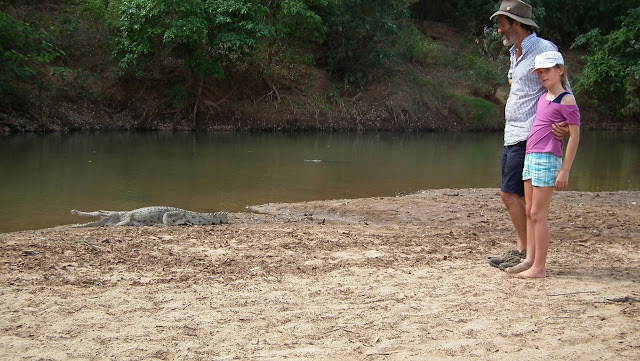The Tanami Desert
When mum and dad said that we were going to travel 1000 km across desert plains on the Tanami Track,I pictured a hot place with no vegetation, no animals or interesting events. well it was hardly that.
The first day we travelled to Wolfe Creek Crater and the next morning we went to see the crater where a meteorite had hit. It was so amazing to be able to see a real crater. We started back on the Tanami Track. After lunch we stopped and saw strange footprints but the next day we saw some camels and the mystery was solved. The footprints were made by camels.
Along the way we stopped at Yuendumu to look at the art gallery. There were so many beautiful artworks that we even bought some paintings. Many of the artworks were dot art. It was so fascinating to see so fascinating to see the artists paint.
Facts about Wolfe Creek Crater
*The meteorite hit the earth 300,000 years ago.
* The crater is the second largest in the world.
* The crater was thought to be 120m deep when the meteorite first hit but is now only 20m deep.
* The aborigines tell the story of the crater being formed by two rainbow snakes coming to form Wolfe Creek and Sturt Creek. The crater was formed when one of the snakes came out of the ground. The snake's name was Karlputa who came from the coast south of Broome. The centre of the crater is salty because Karlputa came from the sea.


















